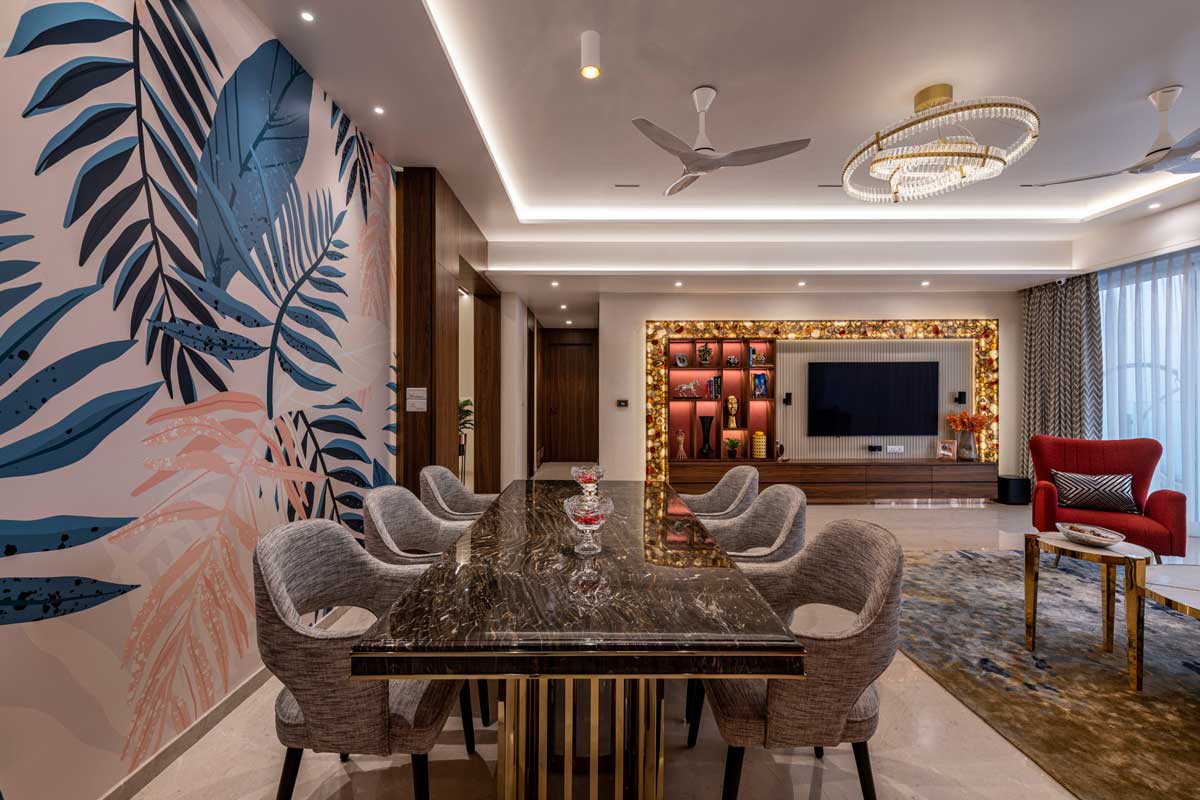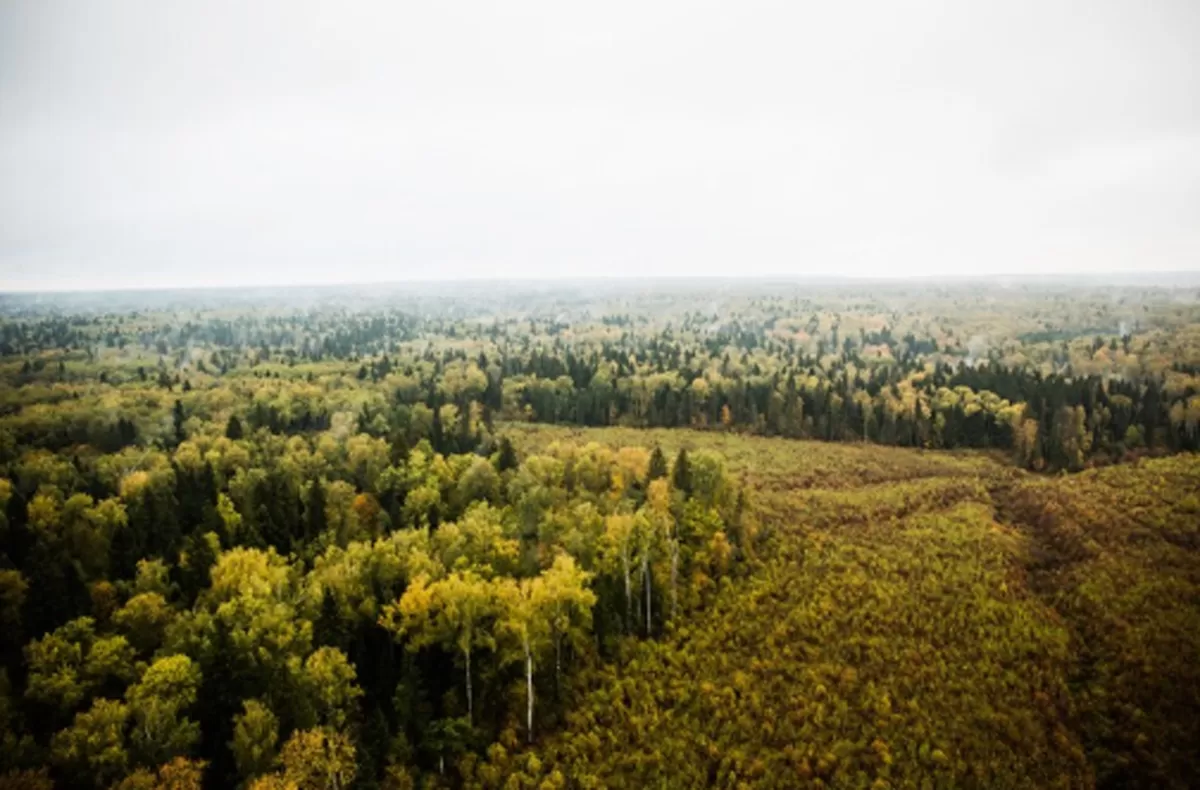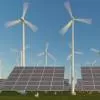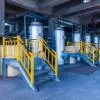

Patna Plans Green Zones to Tackle Rising Pollution Levels
Authorities have emphasised the urgent need for developing more green zones in Patna, which is increasingly becoming a heat-stressed urban area dominated by concrete structures. Expanding green spaces, such as the Tarumitra bio-reserve, is seen as a way to improve the environment and reduce temperatures.Plans under consideration include planting medicinal plants, implementing rainwater harvesting systems, constructing eco-friendly homes, and promoting solar energy usage. If implemented effectively, these measures are anticipated to help reduce both air and water pollution.In a collaborative ef..

Environment Ministry Clears Stage I Nod for Coastal Road Phase II
The Union Ministry of Environment, Forest and Climate Change (MoEFCC) has granted Stage-1 (in-principle) approval for the diversion of mangrove forest land for the second phase of the Mumbai Coastal Road Project. This clearance marks a significant step forward for the Brihanmumbai Municipal Corporation (BMC), which is now preparing to approach the High Court for further approvals necessary to begin construction. The second phase of the project will span from Versova to Bhayandar.The project is expected to permanently impact approximately 8.24 hectare of mangrove forest land, with around 9,000 ..

BMC to Receive 19.43 Hectares of Forest Land
The construction of twin tunnels beneath Sanjay Gandhi National Park in Borivali, part of Phase III of the Goregaon-Mulund Link Road (GMLR) Project, is set to progress following final approval from the Union Ministry of Environment, Forest and Climate Change (MoEF&CC). The approval allows the transfer of 19.43 hectares of forest land to the Brihanmumbai Municipal Corporation (BMC), enabling work on the 4.7 km long and 45.70 m wide twin tunnels. In response, BMC has initiated the compliance and clearance process as per the stipulated guidelines.The 12.20 km-long GMLR project, divided into f..














